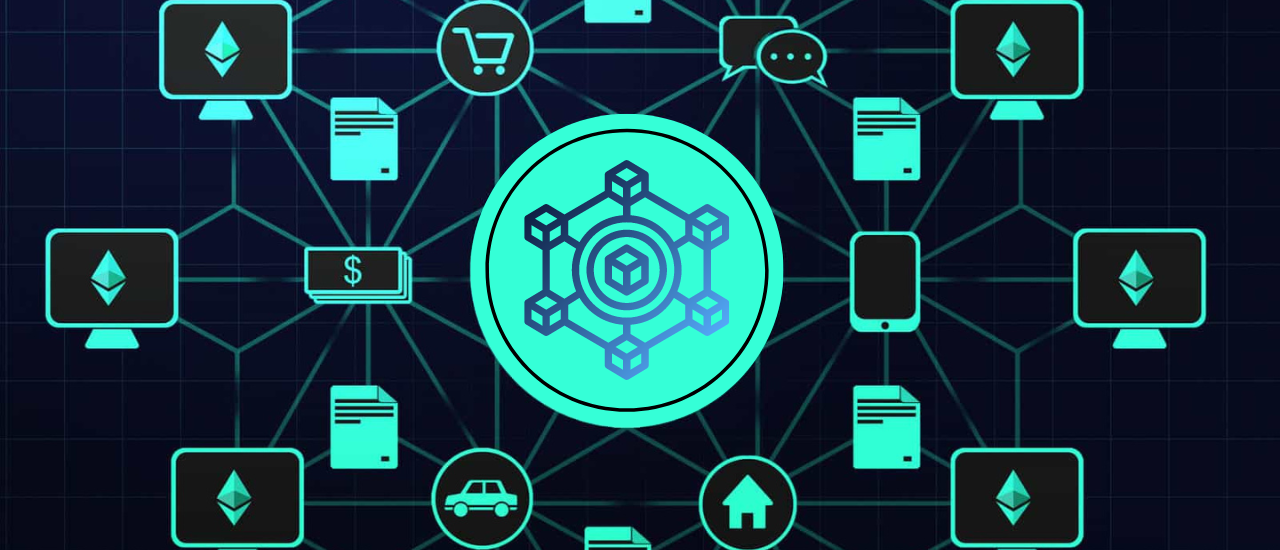
How To Build DApp - Complete Guide
Building a decentralized application (DApp) has become an exciting and rewarding task today as DApps leverage immense power to create trustless, transparent, and secure applications. As a result, building a decentralized application (DApp) comprises smart contracts with the engaging User Interface that runs on the blockchain network. Lets us understand what are the common steps that are followed to build a desired Decentralized Application (DApp).
Steps To Build a Decentralized Application (DApp)
The steps to build the decentralized application aren’t that complex; however, require technical expertise to deliver the desired efficiency.
Step 1: Define Your DApp Idea
Before heading towards the development process it is crucial to define the purpose and functionality of the DApp. Primarily, this includes identifying the problem that DApp is expected to solve or the value that it is believed to offer to the end users. Based on this ideation and brainstorming the best-suited platform is chosen for building DApp, this platform could either be Ethereum, EOS, Tron, or others.
Step 2: Design The Architecture
Upon ideating the fundamentals of DApp the next step involves defining the smart contracts, user interfaces, and data structures. Since smart contracts are the backbone of the DApp, therefore, outlining the logic and functionality that would be needed to support DApp is essential. Besides this, special attention shall be focused on establishing storage mechanisms while considering scalability considerations and overall UI/UX for the application.
Step 3: Choose The Development Tools
After designing the required architecture the next step calls for selecting the right development tools for developing the efficient DApp. Choosing the programming language or development framework that is compatible with the chosen blockchain platform is an important task. To do so, it is important to be well–versed with the tools and resources such as Solidity for Ethereum or EOSIO for EOS for developing DApp.
Step 4: Set Up The Development Environment
The next step is to configure the development environment for smart contract development. To do so it is important to install the necessary SDKs, dependencies, or frameworks followed by connecting the test network or creating the local blockchain for testing purposes. Furthermore, it is important to set up the proper development environment for ensuring a smooth development experience.
Step 5: Develop The Smart Contract
This stage requires developers to write smart contracts with the logic and functionality of the DApp. Further, it requires you to implement contract interactions, business rules, and data structures on the DApp platform. Alongside this, it requires you to test the smart contracts for security and use automated testing frameworks like Hardhat or Truffle for the purpose.
Step 6: Build The User Interface
After developing the smart contracts, it’s time to create a user–friendly UI for the DApp that interacts with the smart contracts. Developing a web–based interface, a mobile app, or both by focusing on frontend frameworks like React, Angular, and Vue.js helps to build UI components.
Step 7: Connect The UI With The Smart Contracts
Extended libraries like Web3.js for Ethereum or scatter for EOS help you to enable communication between the blockchain network and the front end. Furthermore, it requires implementing functionalities such as submitting transactions, listening to events, and reading data from the blockchain. Moreover, it is important to ensure that UI effectively interacts with smart contracts.
Step 8: Test And Deploy
After designing and developing the DApp smart contract and framework it is essential to consider comprehensive testing for ensuring the security of the decentralized applications. The process involves testing the smart contracts, integration, and frontend components. After testing is done, it’s time to deploy the smart contracts and front end on the desired blockchain network. Popular test networks are used for executing initial testing and debugging.
Step 9: Iterate And Improve
The next step after testing is to gather user feedback and continuously improve the DApp structure based on usability, scalability, and performance. At this stage, it is also important to monitor the DApp for bugs, vulnerabilities, and other such issues. To make continuous improvements it is important to stay updated and improve the DApp for understanding end-user needs.
Step 10: Market And Launch
Upon iterating and making the required updates it’s time to create a solid marketing strategy for promoting the DApp. This requires leveraging the best out of social media, using developer networks, and establishing forums for building a community around the DApp ecosystem. At this stage, it is wise to collaborate with the partners or influencers along with existing blockchain projects to gain visibility and attract real users.
Final Words
Building a DApp requires careful planning, technical expertise besides a deep understanding of blockchain technology. As a result, expert blockchain development companies are favored to embark businesses on the journey of having a potential Decentralized Application.
